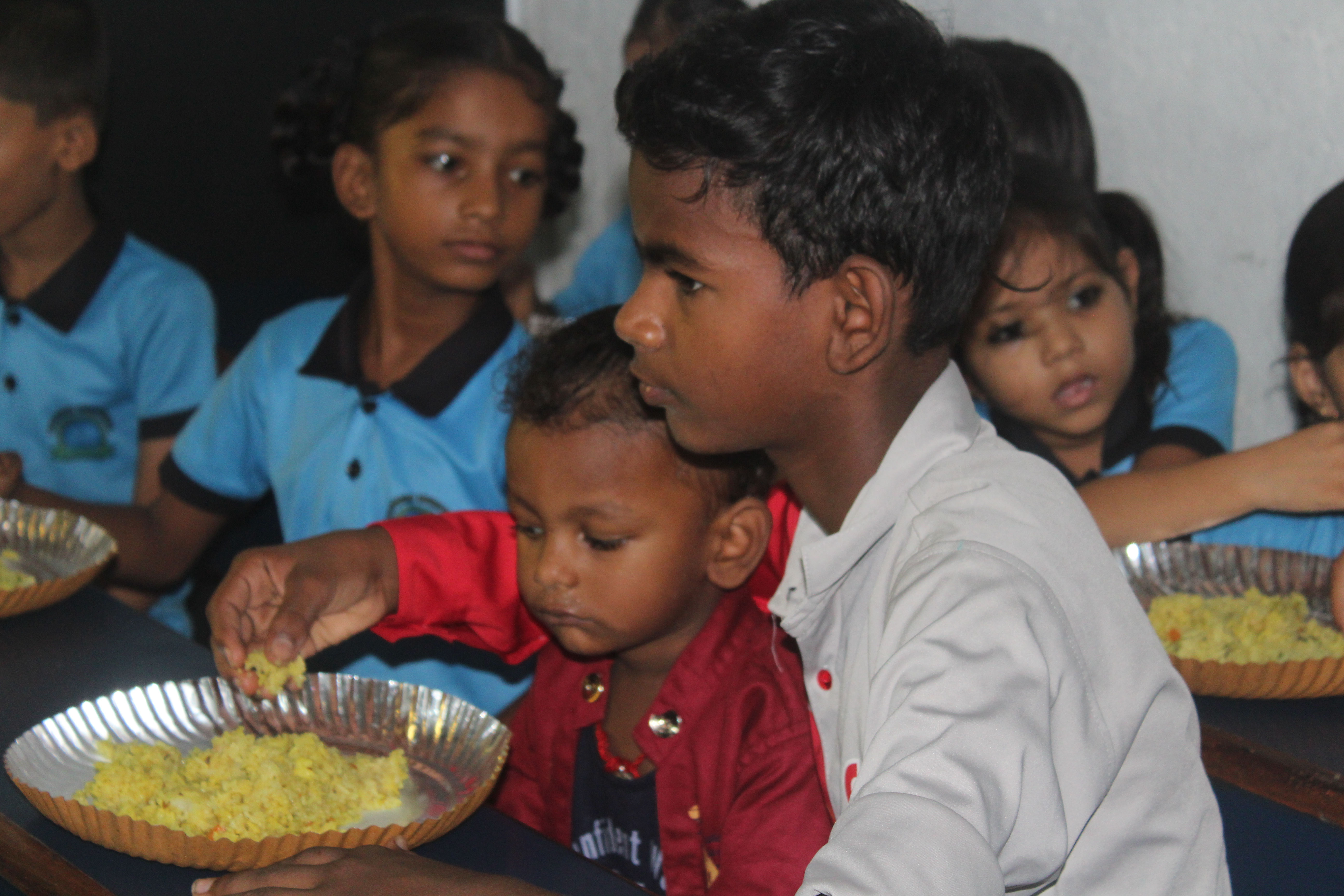programmes
While we run several programmes across India, we also work in tandem with numerous government agencies, civil society organizations, and communities across five core themes: Health & Nutrition, Education, Child Protection, Humanitarian Response, as well as Disaster Risk Reduction and Child Poverty.
Health and Nutrition
Health and Nutrition
Mid-day meal (MDM) is a wholesome freshly-cooked lunch served to children in government and government-aided schools in India. On 28 November 2001, the Supreme Court of India passed a mandate stating,
Key Features:
- An entire village or Anganwadi/s will be adopted, and all the identified malnourished children will be provided with nutritious meals.
- A baseline survey will be conducted to monitor the existing weight and height along with other physical parameters of the children in the project area.
- The meals will be prepared by local Self Help Groups which will be continuously monitored by our community mobilizer.
- In addition, all the children who suffer from malnutrition will be administered nutritional supplements.
• The Sukachi Sawali Welfare Foundation which was successfully implementing its own school lunch programme in Maharastra,; following a mandate to implement Mid Day Meal Scheme was passed.
• In order to successfully carry out this mandate, each State Government started its own Mid-Day Meal Programme being initiated by the Government.
• One of the major challenges faced by the Government was the successful implementation of the scheme. As per the NP-NSPE, 2006 Guidelines (Midday Meal Scheme Guidelines), wherever possible, the Government would mobilise community support and promote public-private partnership for the programme. Not-for-profits, such as Sukachi Sawali Welfare Foundation, are therefore encouraged to set up operations and act as the implementing arm of the Government.
At Sukachi Sawali Welfare Foundation the menu is designed and implemented after taking into consideration various factors, including regional palate, taste, and flavours. Menu diversity is achieved by using a wide variety of seasonal vegetables and locally available ingredients. We have adopted a cyclic approach with preference to local palate.


